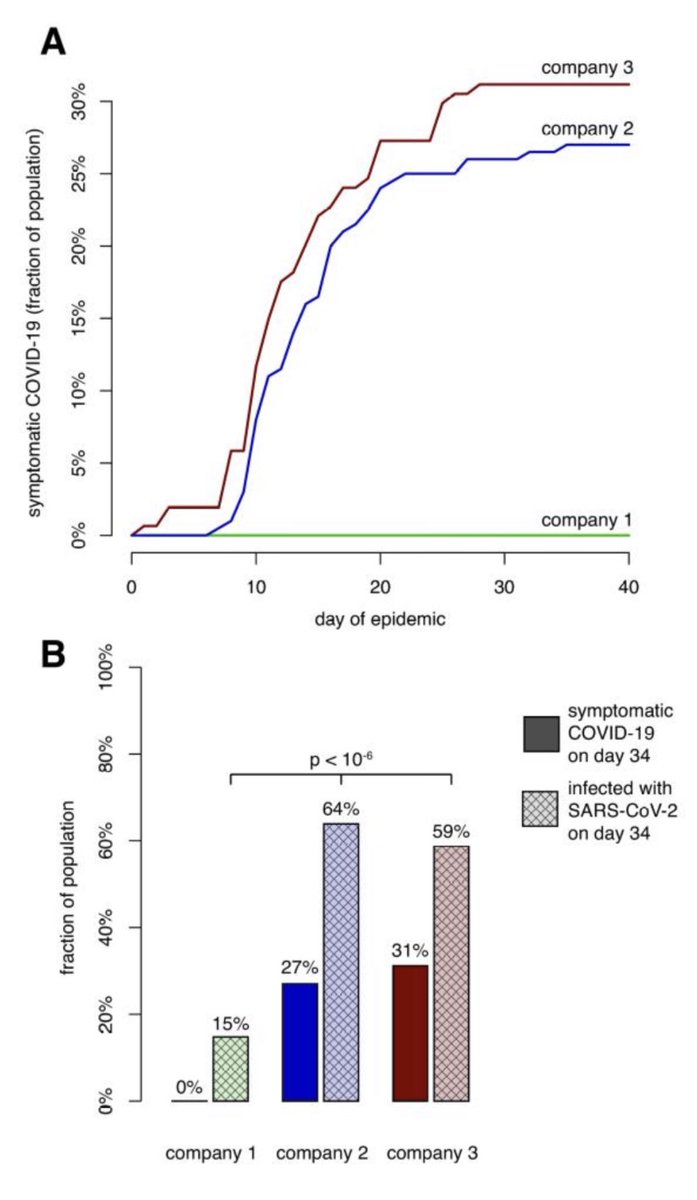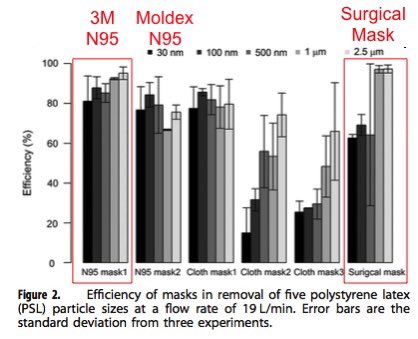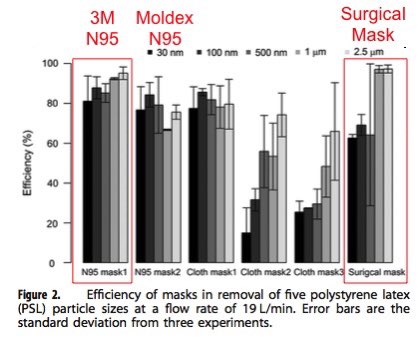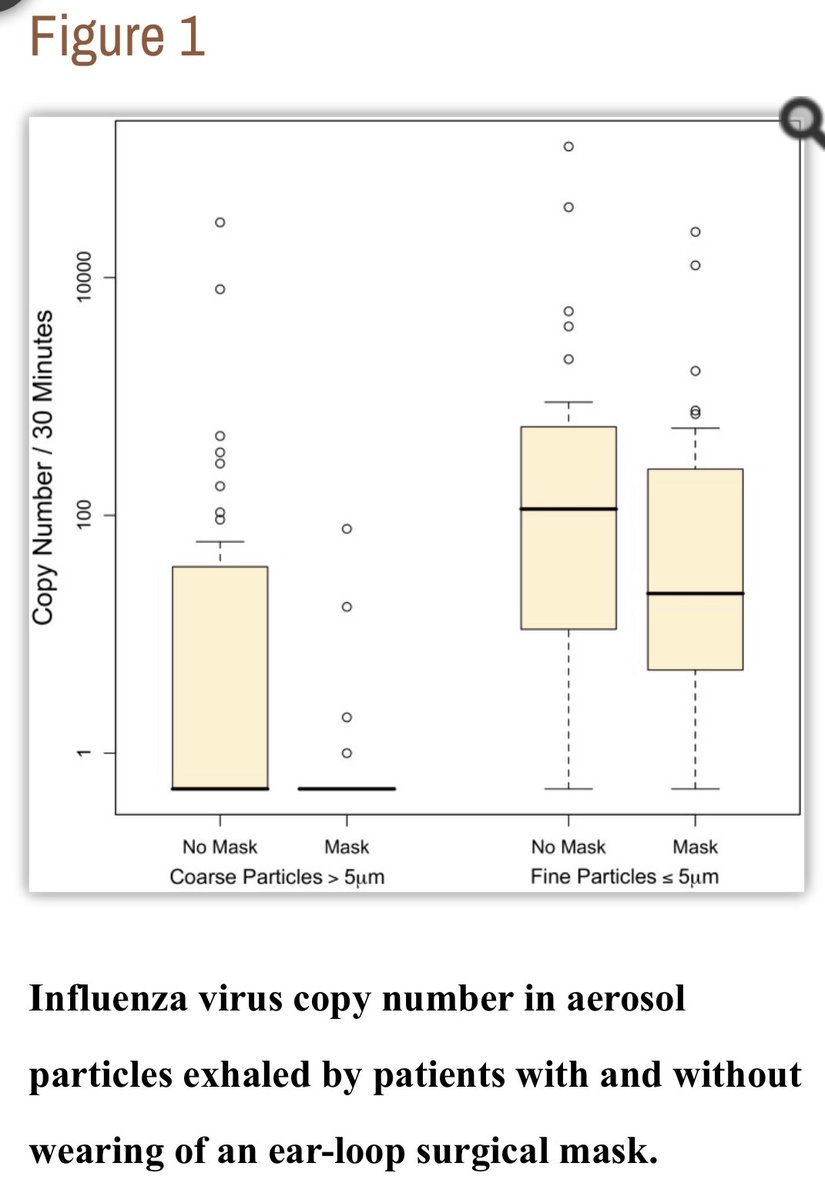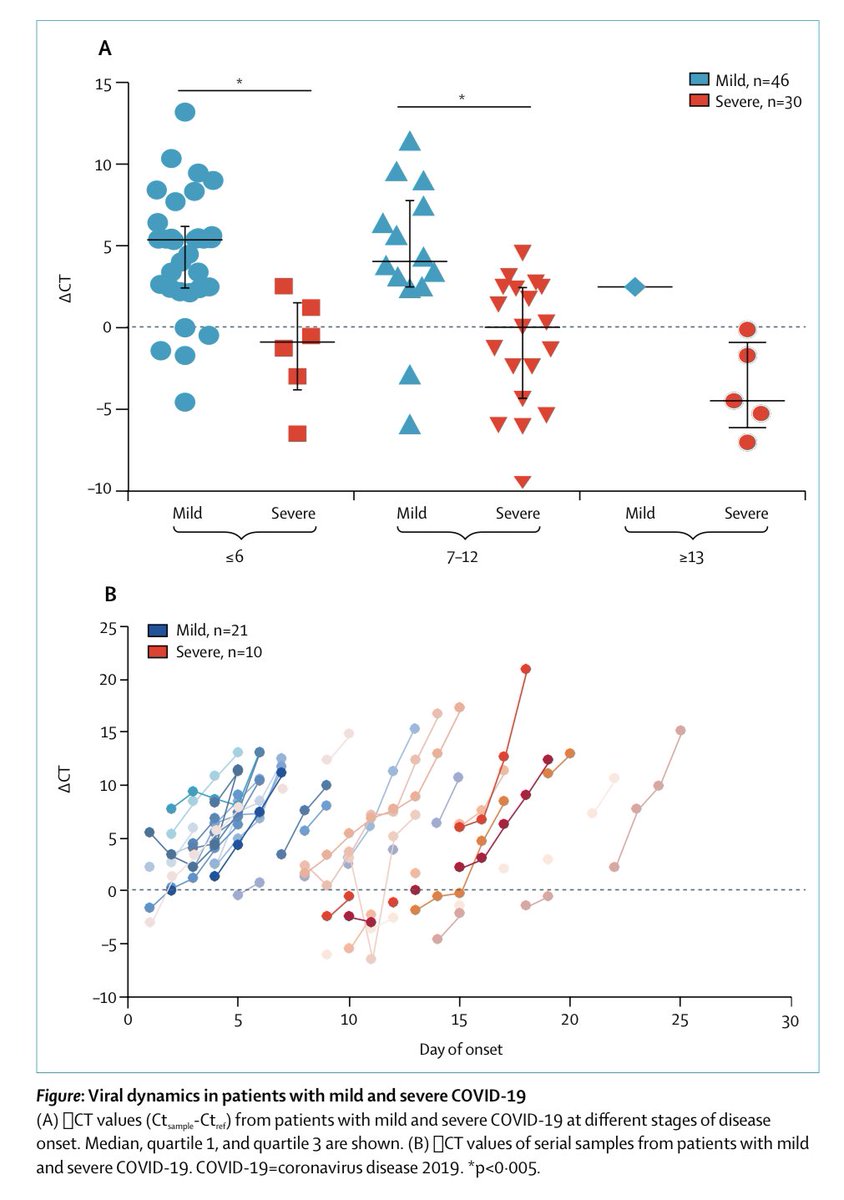2) Emerging evidence that masks can be protective — even when wearers do become infected: outbreak at a seafood plant in Oregon where employees were given masks, and as result an astonishing 95% of those who were infected were asymptomatic.
3) A cruise ship that was traveling from Argentina to Antartica in March when the coronavirus infected people on board. Passengers got surgical masks; the crew got N95 masks. But instead of typical 40% infected asymptomatic — 81% of those testing positive were asymptomatic.
4) Contrast that with the Diamond Princess first cruise ship outbreak. On Diamond Princess people didn& #39;t wear masks & only 18% of infected were asymptomatic ( http://bit.ly/2CEoTOX ).">https://bit.ly/2CEoTOX&q... Quite lower than the 81% on the Antarctic masked cruise ship.
5) Also there was an outbreak in a Tyson chicken plant a few weeks back in Missouri where workers had been given masks and the rate of asymptomatic infection was also 95%.
6) Similarly, Oregon plant where everyone was masked and of 120 infections, 95% developed asymptomatic disease.
 https://abs.twimg.com/emoji/v2/... draggable="false" alt="➡️" title="Pfeil nach rechts" aria-label="Emoji: Pfeil nach rechts"> Bottomline: By reducing viral exposure/load, masks could help reduce disease severity. https://kval.com/news/local/over-120-workers-at-newport-seafood-plant-test-positive-for-covid-19">https://kval.com/news/loca...
https://abs.twimg.com/emoji/v2/... draggable="false" alt="➡️" title="Pfeil nach rechts" aria-label="Emoji: Pfeil nach rechts"> Bottomline: By reducing viral exposure/load, masks could help reduce disease severity. https://kval.com/news/local/over-120-workers-at-newport-seafood-plant-test-positive-for-covid-19">https://kval.com/news/loca...
7) Another key study among Swiss soldiers. Two cohorts of soldiers (red&blue in figure) was infected prior to social distancing when there was lots of mingling—27-31% showed symptoms.
Another (green) cohort got infected after going into social distancing—0% developed symptoms.
Another (green) cohort got infected after going into social distancing—0% developed symptoms.
8) Notably the authors conclude that “difference in the clinical presentation of infected persons might be due to lower viral inoculum during infection”
 https://abs.twimg.com/emoji/v2/... draggable="false" alt="➡️" title="Pfeil nach rechts" aria-label="Emoji: Pfeil nach rechts"> Translation: lower dose of viruses exposed yielded more asymptomatic cases. https://academic.oup.com/cid/article/doi/10.1093/cid/ciaa889/5864495">https://academic.oup.com/cid/artic...
https://abs.twimg.com/emoji/v2/... draggable="false" alt="➡️" title="Pfeil nach rechts" aria-label="Emoji: Pfeil nach rechts"> Translation: lower dose of viruses exposed yielded more asymptomatic cases. https://academic.oup.com/cid/article/doi/10.1093/cid/ciaa889/5864495">https://academic.oup.com/cid/artic...
9) Altogether, distancing and masks — which both reduce virus exposure- can potentially not only cut infection risk, but also can perhaps dampen severity of illness (more asymptomatic cases). Still a working theory, but which many scientists @AliNouriPhD @MonicaGandhi9 support.
10) p.s. There are certainly many types of masks - and even then many kinds of N95, diff cloth, surgical, and critically depends on particle size of a droplet or dust. Here is a comparison (note figure from study of aerosol dust, not virus).
11) In this comparison (same figure), surgical masks comparable to N95 for particles of >1 micrometer. But under 1 um, N95 clearly better, but surgically still 60%—decent. Though cloth minimally good, but recall cloth masks is intended for catching outbound droplets.
12) I do want to caution people to NOT buy masks with valves. because of valve design masks only filters air breathed in, but not breathed out (droplets escape). CDC& #39;s universal masking guidelines is to prevent transmission from infected to other people. https://www.google.com/amp/s/abcnews.go.com/amp/Health/ditch-valve-face-mask-pros-cons/story%3fid=70511555">https://www.google.com/amp/s/abc...
13) Others have of course discussed this before months ago where masking reduces viral load, though it wasn’t until recently had the clinical outcome of asymptomatic been lining up too. https://twitter.com/jessematchey/status/1242170341729775618?s=21">https://twitter.com/jessematc... https://twitter.com/jessematchey/status/1242170341729775618">https://twitter.com/jessematc...
14) In one previous influenza virus study of viral load (a measure of how much virus dose), “Surgical masks produced a 3.4 (95% CI 1.8 to 6.3) fold reduction in viral copies in exhaled breath” compared to no face masks. https://www.ncbi.nlm.nih.gov/pmc/articles/PMC3591312/">https://www.ncbi.nlm.nih.gov/pmc/artic...
15) Furthermore, here is a study of viral load on severity of #covid19 clinical symptoms. (Lower delta-CT means higher viral load in figure). It concludes “patients with severe COVID-19 tend to have a high viral load and a long virus- shedding period.“
https://www.thelancet.com/pdfs/journals/laninf/PIIS1473-3099(20)30232-2.pdf">https://www.thelancet.com/pdfs/jour...
https://www.thelancet.com/pdfs/journals/laninf/PIIS1473-3099(20)30232-2.pdf">https://www.thelancet.com/pdfs/jour...
16) So now, let’s connect the dots:
 https://abs.twimg.com/emoji/v2/... draggable="false" alt="✅" title="Fettes weißes Häkchen" aria-label="Emoji: Fettes weißes Häkchen">masks
https://abs.twimg.com/emoji/v2/... draggable="false" alt="✅" title="Fettes weißes Häkchen" aria-label="Emoji: Fettes weißes Häkchen">masks  https://abs.twimg.com/emoji/v2/... draggable="false" alt="➡️" title="Pfeil nach rechts" aria-label="Emoji: Pfeil nach rechts"> lower viral load
https://abs.twimg.com/emoji/v2/... draggable="false" alt="➡️" title="Pfeil nach rechts" aria-label="Emoji: Pfeil nach rechts"> lower viral load
 https://abs.twimg.com/emoji/v2/... draggable="false" alt="✅" title="Fettes weißes Häkchen" aria-label="Emoji: Fettes weißes Häkchen">lower viral load
https://abs.twimg.com/emoji/v2/... draggable="false" alt="✅" title="Fettes weißes Häkchen" aria-label="Emoji: Fettes weißes Häkchen">lower viral load  https://abs.twimg.com/emoji/v2/... draggable="false" alt="➡️" title="Pfeil nach rechts" aria-label="Emoji: Pfeil nach rechts"> milder #COVID19 illness
https://abs.twimg.com/emoji/v2/... draggable="false" alt="➡️" title="Pfeil nach rechts" aria-label="Emoji: Pfeil nach rechts"> milder #COVID19 illness
 https://abs.twimg.com/emoji/v2/... draggable="false" alt="💡" title="Elektrische Glühbirne" aria-label="Emoji: Elektrische Glühbirne">Masks
https://abs.twimg.com/emoji/v2/... draggable="false" alt="💡" title="Elektrische Glühbirne" aria-label="Emoji: Elektrische Glühbirne">Masks  https://abs.twimg.com/emoji/v2/... draggable="false" alt="➡️" title="Pfeil nach rechts" aria-label="Emoji: Pfeil nach rechts"> milder illness? ... Likely*. Many suggestive studies and examples.
https://abs.twimg.com/emoji/v2/... draggable="false" alt="➡️" title="Pfeil nach rechts" aria-label="Emoji: Pfeil nach rechts"> milder illness? ... Likely*. Many suggestive studies and examples.
*Can’t always jump from A=>B & B=>C to A=>C, but data support it.
 https://abs.twimg.com/emoji/v2/... draggable="false" alt="📌" title="Reißzwecke" aria-label="Emoji: Reißzwecke">So let’s #WearAMask
https://abs.twimg.com/emoji/v2/... draggable="false" alt="📌" title="Reißzwecke" aria-label="Emoji: Reißzwecke">So let’s #WearAMask
*Can’t always jump from A=>B & B=>C to A=>C, but data support it.
17) Another great study: groups of hamsters were placed in separate cages separated by surgical mask materials, and not separate by the mask material. Not only did the surgical mask get less #COVID19 infection, but also milder illness! Again supports dose. https://academic.oup.com/cid/article/doi/10.1093/cid/ciaa644/5848814">https://academic.oup.com/cid/artic...
18) Another review of masks and severity. See thread above for full details. https://www.ucsf.edu/news/2020/07/418181/one-more-reason-wear-mask-youll-get-less-sick-covid-19">https://www.ucsf.edu/news/2020...

 Read on Twitter
Read on Twitter